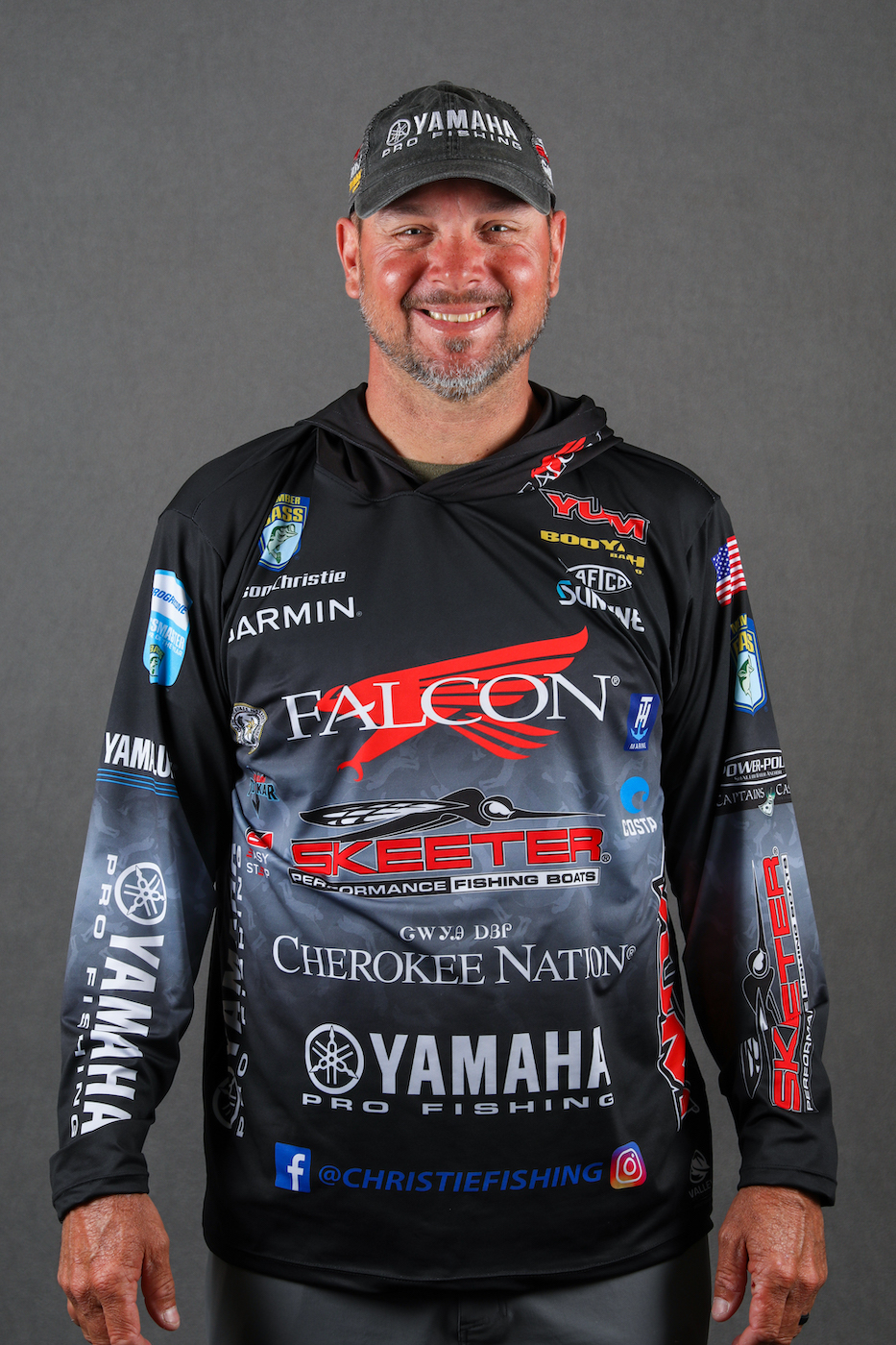If there’s one thing we fishermen have a lot of, it’s rods. There might be some overlap here and there, but for the most part, modern rod building affords us particular rod designs for each different technique.
Do we really need all these rods? Are you using the right one for whatever technique you’re using at the moment? Which rods should you have on the deck, and how quickly can you put your hands on a specific rod that’s stored in the locker?
It would take a long time to list all the rods I keep in my arsenal, so I thought I’d break down a seasonal selection by summarizing my top three rods for early spring fishing. You likely know that I run a Falcon Rods boat wrap and am producing a Signature Series of rods with them, so each of the rods listed here are new Falcon Jason Christie Signature Series versions.
Rod #1: Heavy Action 7-3 Flipping Stick
Without a doubt, I don’t leave the boat ramp without a flipping stick. I’ll pair that with a 7:1 Lew’s BB1 Pro reel loaded with 22-pound Sunline Shooter fluorocarbon and fish a 1/2-ounce Booyah jig. I prefer black-and-blue for the spring, but if not, I’ll use a green pumpkin or something else that’s more natural looking. For my trailer, I’ll use either a Yum Craw Papi or a Craw Chunk.
I’ll use this rod for flipping buck bushes, shallow docks, shallow rocks or something like that.
Every time I go to a lake in the spring, the first thing I look for is a flipping bite, because that gives me the opportunity (I think) to win. Any type of shoreline cover gives those fish something to hold on before they come up to spawn.
Rod #2: 7-foot Crankbait/Buzzbait Model
I’ll use a 5:1 Lew’s BB1 Pro with 16-pound Sunline Sniper, and my favorite bait here would be the XCalibur XCS 200 squarebill crankbait. If I had to pick a second bait, it would be a Bomber 6A in green craw pattern.
I use these baits to cover a lot of water and find the areas that are holding fish. Once I locate the right area, then I can slow down and focus on catching fish by flipping a jig or casting a spinnerbait.
Rod #3: 6-foot-8 Spinnerbait Model
I’ll match this rod with a 5:1 Lew’s BB1 reel with 20-pound line and fish a 1/2-ounce Booyah spinnerbait in chartreuse/white with tandem silver/gold Colorado blades. During prespawn you want something with a little vibration to make those big ones react. I may also swim a jig with this rod.
For me, the dirtier the water, the more I’d go with the spinnerbait, but in clear water when I want it to look more natural, I tend to go more to a swim jig. For trailers, I’ll use the standard twin-tail, but I might also use a Craw Chunk because the legs kick and create more action.
Now, of course, I have many more rods than just these three in my locker, so organization is an important part of overall efficiency. In a tournament situation, the ability to quickly identify the right rod can mean the difference between capitalizing on an opportunity and missing it.
I try to make sure I’m always in position to respond to anything I encounter on the water, so I’m a big fan of rod socks. The worst situation is to make a long run, which takes up valuable fishing time, then have to untangle rods and lose another 10 or 15 minutes. Rod socks not only organize and protect your rods, they also protect your line from getting banged against the side of rod storage.
And the other important thing here is that rod socks also allow me to color coordinate my rods. For example, I use red for my flipping sticks and yellow for my spinnerbait rods, so when I reach in there I know what I’m getting.
This simple step of rod organization really saves me a lot of time and frustration by keeping me organized and ready to fish. I recommend spending whatever your budget allows to get a handful of technique-specific rods that’ll cover the bases on the types of fishing you like to do, and then protect and organize them with color-coded rod socks.
I’ve made big jumps in tournaments and even won a couple by taking advantage of a temporary situations because I could put my hands on the right rod at a moment’s notice.





